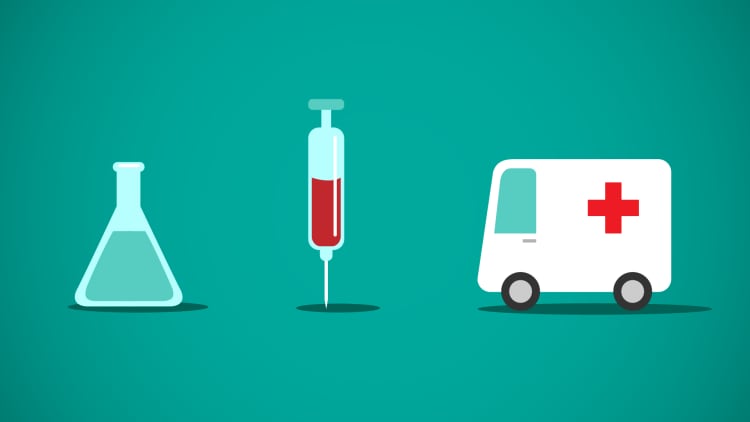Under the Affordable Care Act, you can change your health care plan once a year during open enrollment. That period is about to end, and if you don't have health insurance, you'll want to get it. Not because of the tax hit – the mandate to buy insurance was ended under the Tax Cuts and Jobs Act – but because going without health insurance is an enormous financial risk.
Get help if you need it. It's pretty easy to shop for health insurance online these days. Choose a licensed online broker from a site such as eHealth or HealthMarkets. Check plans available on the government site.
Work through a licensed online broker, and make sure that any website offers a way to contact licensed agents by phone or through online chat if you need personal help or advice.

You'll want to be sure your prescriptions are covered. While all ACA plans cover prescription drugs, they will differ in the specific drugs they cover. Sort plan options online to see the ones that cover your personal prescriptions at the lowest cost.
Avoid the rush and shop for your 2019 health plan ASAP. The last days of open enrollment can be hectic. Government-run health insurance marketplaces have been known to crash in the last-minute rush and it can be hard to get in touch with a real human when you need help.
There are only five days left to decide, so check these eight tips to make sure you have the right plan for 2019.
1. Figure out subsidies
Know if you qualify for subsidies. If your household income is no more than 400 percent of the federal poverty level (about $49,000 for an individual or $83,000 for a family of three), you may qualify for government subsidies that can significantly lower your monthly health insurance premiums.
2. Set cost expectations
On average, individuals receiving government subsidies pay less than $100 per month for coverage. However, people who don't get subsidies pay an average of $477 per month for individual coverage or $1,154 for family coverage, according to eHealth.
3. Learn about alternatives
ACA-compliant health insurance plans offer the most comprehensive coverage. If you can't afford ACA coverage, you may want to consider alternatives such as short-term health insurance, which can cover you for up to a year in some states.
4. But be very careful
Saving on health insurance can be risky. If you're considering short-term coverage as an affordable alternative to ACA coverage, know what you'll get and what you won't.
Short-term plans typically do not cover preventive care, maternity care, retail prescription drugs or pre-existing medical conditions. But other exclusions might bar you from coverage if you're injured in a sports-related accident, among other situations.
The end of a short-term health plan does not qualify you to sign up for ACA-compliant insurance once open enrollment is over.
5. Check several websites
For a broad view of what's available in your area, check more than one site. Government-run marketplaces offer ACA-compliant plans that can be purchased with government subsidies. Private marketplaces offer many of these as well as ACA plans not eligible for use with subsidies, and ACA alternatives such as short-term coverage.
6. Keep your doctors
If you have a favorite doctor, make sure he or she is a network provider in any plan you're considering. Websites can help you shop based on preferred providers, but it's a good idea to call your doctor to confirm network status.
7. Know the costs
Make sure you understand what you'll pay out of pocket for a sick visit, or for a prescription drug with different plans. Health plans that are ACA-compliant provide some free preventive care, including an annual checkup.
8. Know your deductible and maximum costs
When comparison-shopping for a new plan, it's critical to understand the maximum out-of-pockets costs if you are hospitalized in the coming year. Depending on your medical situation, you might be better off paying higher premiums, but with a lower deductible.
More in Personal Finance:
5 things to do in your 30s to save your financial life
Want to be rich someday? Do these three things
Social media drives poor spending choices. How to fight back
WATCH: Think Medicare is unaffected by the Senate health-care bill? Think again


